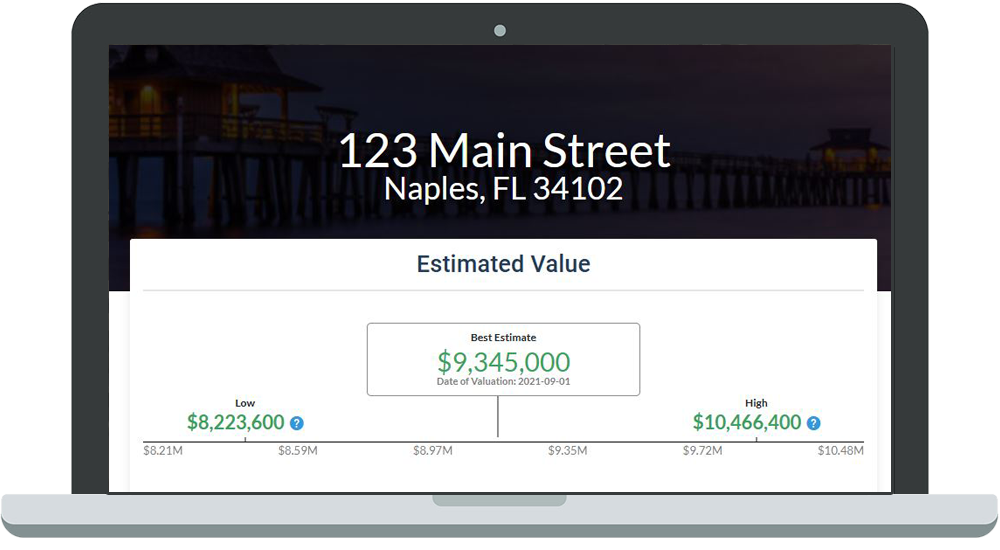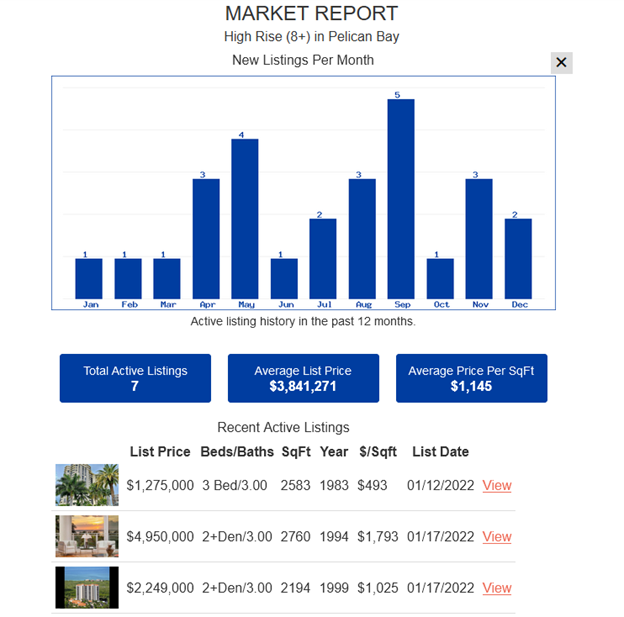
Easily Offer Sellers Home Valuations with the New Seller Landing Page
October 12, 2021
Sending Neighborhood Market Report with RWS Mail
February 1, 2022Event Tracking
Data analytics has many layers, from page views and bounce rates to time spent on-page. But aggregated data doesn’t capture the full image of your visitors’ activity.
Whether you’re running a medium-size WordPress site or a multinational enterprise, you want to learn how guests behave on your website. Are they reading the blog? Do they like it? Are they clicking on social media buttons? Has anyone watched the tutorial prepared especially for prospective customers?
Or maybe – what’s more important – what if they aren’t reading your blog posts, or they put their name and email address into the contact form but didn’t click “send”?
This is valuable information you should have if you care about optimizing the website experience for potential visitors.
Sadly, most tools work by recording instances when a user opens or moves to a new URL. This doesn’t happen with on-page actions, and that’s when event-based analytics and RWS Event Tracking come in.
What is RWS Event Tracking?
Event tracking or event-based analytics records what a visitor is doing on your website, whether it’s clicks, scrolls or even cursor movements.
With event tracking a range of actions can be recorded on your website, such as:
- Clicks on non-clickable (and clickable) elements
- Using video and audio players
- Scrolling
- Exiting a page
- Filling out a form without submitting it
- Downloads
When to use event tracking?
It’s great that you know what event tracking can do, but what’s more important is knowing when to use it. It’s the perfect tool for capturing visitors’ behavioral patterns and understanding them. Knowing visitors’ Click Path can only reveal so much.
Event tracking analytics is especially useful if you want to learn about engagement levels.
Use this whenever you want to optimize your website’s performance and learn what its most (and least) engaging elements are.
This can expose subtle criticisms from users on your page – they entered, but nothing excited them enough to go any further.
While these actions don’t bring users to a new page, they can still be recorded to give you a better idea of how people use your website.
You can view the visitor actions using the Visitor Log feature built into the RWS Dashboard.
![]()
Visitors Log
The Visitor Log provides real time data of visitor activity on the website. The Visitor Log shows the list of page views and actions the visitor performed on your site, including property searches and listings viewed.
Agents can view a visitor profile for each visitor to see an aggregate of their details and activity. The Visitor profile lists all previous visits from this visitor, and information about the first and last visit, as well as showing the visitor location(s), browser, time spent, and the referrer used to access your site.
The RWS Tag Manager is an important part of the Visitor Tracking. Event tracking can thus be made more dynamic, a new tag does not need to be created for all page interactions.
So it allows us to capture interactions (using them as triggers) and retrieve additional data about the interaction or the page content (using the variables of the data layer).
![]()
Tag Manager
The RWS Tag Manager lets you manage and unify all your tracking and marketing tags. Tags are also known as snippets or pixels. Such tags are typically JavaScript code or HTML and let you integrate various features into your site in just a few clicks, for example:
- Tracking analytics data
- Conversion tracking
- Newsletter signups
- Exit popups and surveys
- Remarketing
- Social widgets
- Affiliates
- Ads
- and more…
Tags
A tag in the context of a tag manager is a snippet of code which can be executed on your site. Most of the times, a tag may be used to either send data to the RWS Dashboard.
Triggers
A trigger in the context of a tag manager lets you define on which event a certain tag should be fired or blocked. For example when a specific element was clicked, or when a visitor reached a certain scroll position.
![]()
![]()
![]()



